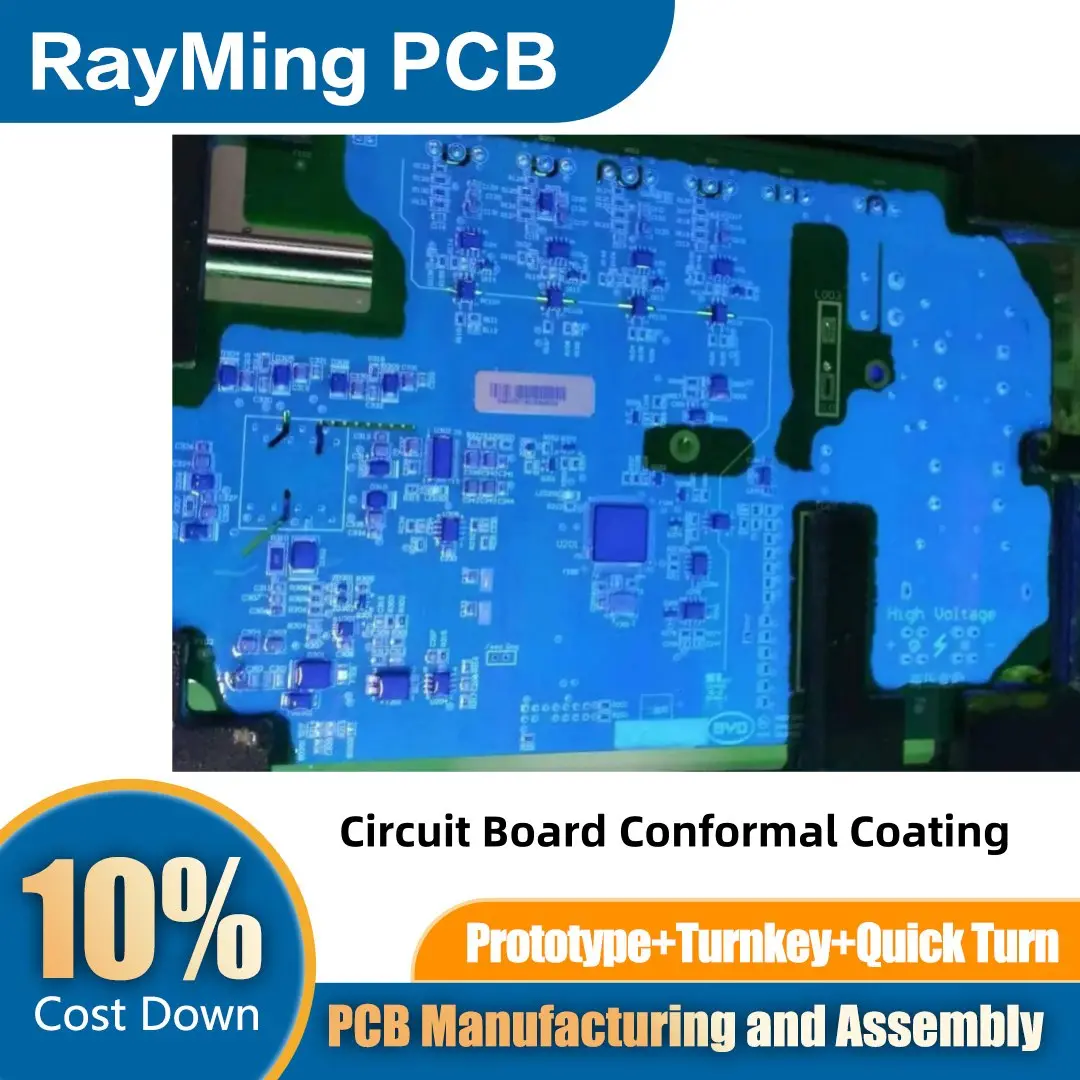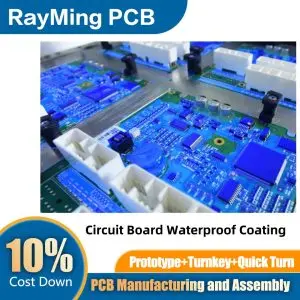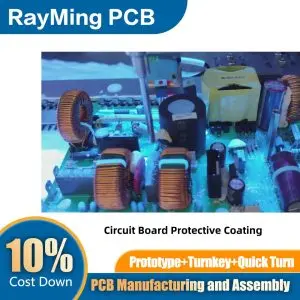Circuit board conformal coating is a specialized protective layer applied to printed circuit boards (PCBs) to shield them from environmental hazards and extend their operational life. This thin, polymeric film adheres tightly to the board’s surface, conforming to its contours and components, hence the name “conformal.”
The primary purpose of conformal coating is to protect against moisture, dust, chemicals, and temperature fluctuations that could potentially damage or degrade the PCB’s performance. It acts as a barrier against corrosion, electrical leakage, and short circuits, enhancing the overall reliability of the electronic device.
There are several types of conformal coatings, including acrylic, silicone, urethane, epoxy, and parylene, each with its own set of properties and applications. These coatings can be applied through various methods such as spraying, dipping, or brushing, depending on the board’s complexity and the desired level of protection.
Conformal coating is widely used in industries where electronic reliability is crucial, such as aerospace, automotive, medical devices, and military applications. It’s particularly valuable for electronics exposed to harsh environments or those requiring long-term durability.





